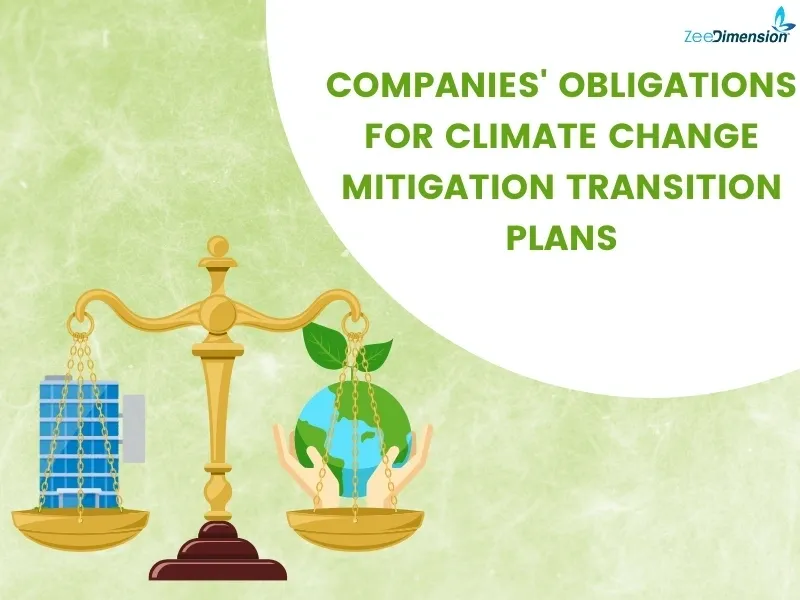
In today’s world, businesses are at the forefront of the fight against climate change. Here’s what companies need to know about their legal obligations to adopt transition plans for climate change mitigation.
Adoption and Implementation
-
Legal Requirement: Companies must adopt and implement a transition plan.
-
Goal: Ensure business models and strategies align with a sustainable economy.
-
Regulation: In line with the Paris Agreement and European Climate Law (Regulation (EU) 2021/1119).
Setting Time-bound Targets
-
Targets for 2030 and Every Five Years up to 2050.
-
Based on Scientific Evidence.
-
Reduction Targets: For Scope 1, Scope 2, and Scope 3 emissions.
-
Actions: Identify decarbonization levers and implement key changes.
Corporate Sustainability Reporting Directive (CSRD)
-
Publishing Transition Plans: Complying with CSRD means the obligation to adopt a plan is met.
-
Transparency: Detailed disclosures on climate risks and mitigation measures.
Consequences of Non-compliance
-
Failure to Adopt/Update Plans: Companies may face administrative sanctions.
-
Continuous Improvement: Regular updates to plans and actions are essential.
Conclusion
Businesses play a critical role in the global effort to combat climate change. By adopting robust transition plans and setting clear targets, companies can drive meaningful change and secure long-term sustainability.
Take Action Now
-
Adopt a Transition Plan: Align your business with sustainability goals.
-
Set Clear Targets: Based on scientific evidence.
-
Stay Compliant: Follow CSRD requirements to avoid sanctions.
-
Contribute to Global Efforts: Be a leader in climate change mitigation.







